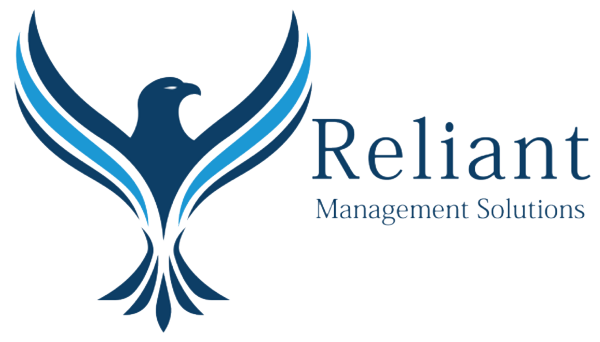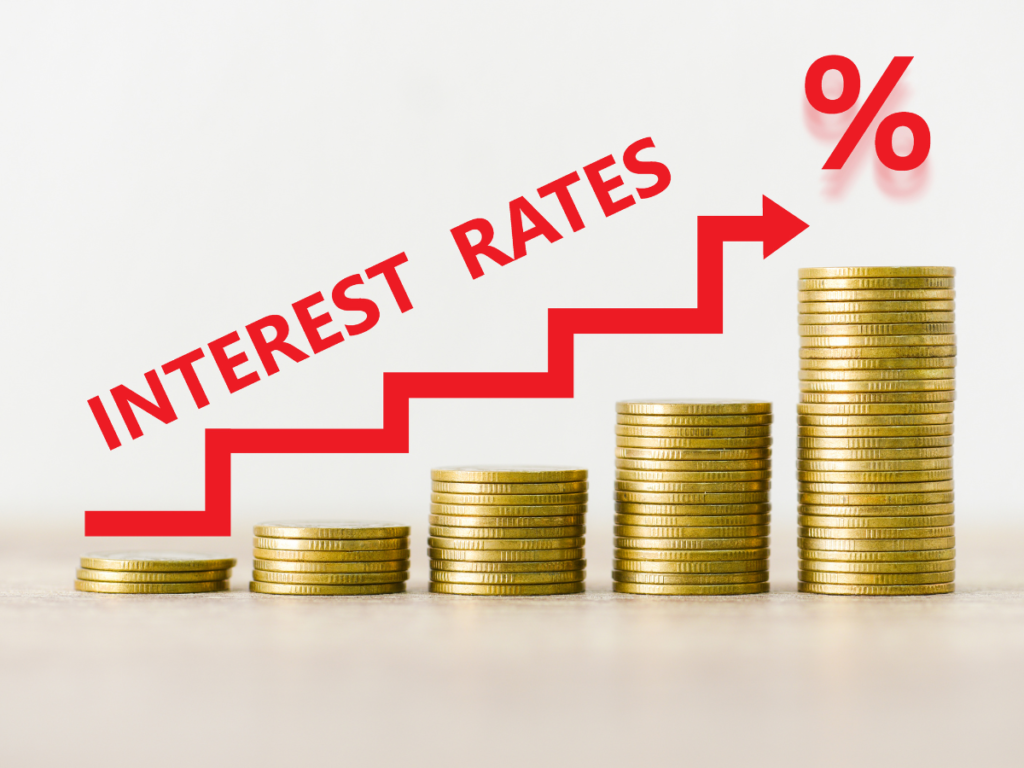Introduction:
Navigating the world of credit cards can sometimes feel like treading through murky waters, especially when a significant portion of your monthly payments seems to disappear into the abyss of interest charges. If you’ve ever wondered why half of your hard-earned money is seemingly vanishing into thin air, you’re not alone. In this blog post, we’ll explore the reasons behind this financial conundrum and shed light on how you can take control of your credit card debt.
Understanding the Basics: Before diving into the specifics, it’s crucial to have a basic understanding of how credit card payments work. When you make a payment, it typically goes towards two main components: the principal balance (the actual amount you borrowed) and the interest accrued on that balance. The ratio between these two components can vary, and understanding the factors influencing it is key to unraveling the mystery.
- High Interest Rates: One of the primary culprits behind a large portion of your payment going towards interest is the interest rate on your credit card. Credit cards often come with relatively high interest rates compared to other forms of borrowing, such as mortgages or car loans. If you’re carrying a balance on a card with a double-digit interest rate, a significant portion of your payment will be allocated to cover the accruing interest, leaving less to chip away at the principal.
- Minimum Payments: Credit card companies typically set a minimum payment requirement each month. While making the minimum payment keeps your account in good standing, it may not be sufficient to make substantial progress on paying down the principal. As a result, a considerable chunk of your payment may be allocated to interest, leaving the principal largely untouched.
- Interest Capitalization: If you’re not paying off your balance in full each month, interest may be capitalizing on your outstanding balance. This means that interest charges are added to the principal, and subsequent interest calculations are based on the higher total. As a result, a significant portion of your payment may be directed towards covering this compounded interest.
- Payment Allocation Practices: Credit card companies often allocate payments in a way that benefits them the most. While some may apply payments to the balance with the highest interest rate first, others may allocate payments to the lowest-interest balances, keeping higher-interest balances accruing more interest. Understanding your credit card company’s payment allocation practices is crucial in optimizing your payments.
Conclusion: If you’ve been scratching your head wondering why half of your monthly credit card payments seem to evaporate into interest charges, it’s time to take a closer look at the factors influencing this phenomenon. By understanding the impact of high interest rates, minimum payments, interest capitalization, and payment allocation practices, you can take proactive steps to regain control of your finances. Whether it’s negotiating a lower interest rate, increasing your monthly payments, or exploring debt consolidation options, there are strategies to minimize the impact of interest and accelerate your journey toward financial freedom.






Recent Comments